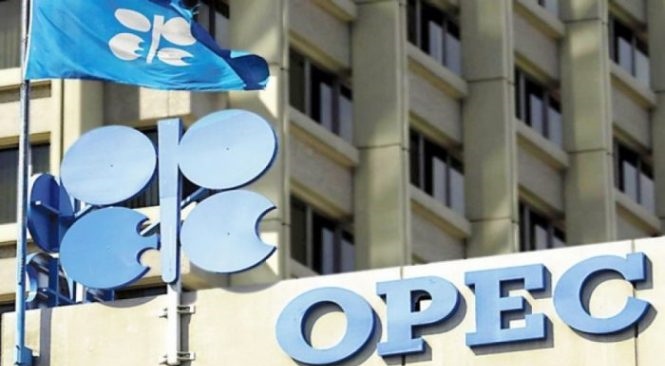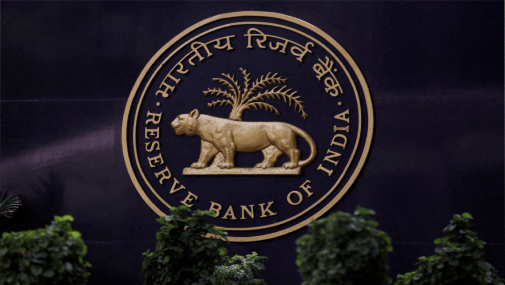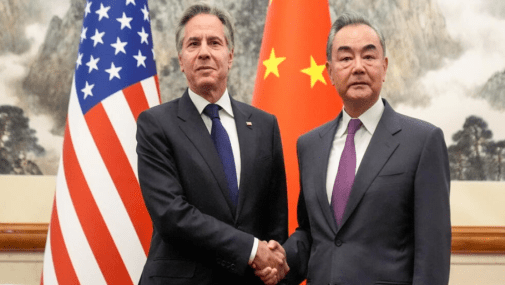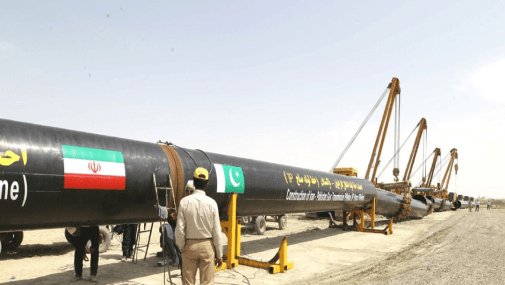OPEC+ ponders stability in 2019
January 25, 2019 | Expert Insights

IEA, OPEC and EIA data imply that oil production cuts should balance the market in the first half of 2019. The last year saw an extremely volatile oil market with the prices returning to pre-2013 highs due to political rather than economic factors.
Background
The Organization of the Petroleum Exporting Countries (OPEC, /ˈoʊpɛk/ OH-pek) is an intergovernmental organisation of 14 nations, founded in 1960 in Baghdad by the first five members (Iran, Iraq, Kuwait, Saudi Arabia, and Venezuela), and headquartered since 1965 in Vienna, Austria. As of September 2018, the then 15 member countries accounted for an estimated 44 percent of global oil production and 81.5 percent of the world's "proven" oil reserves, giving OPEC a major influence on global oil prices that were previously determined by the so called "Seven Sisters” grouping of multinational oil companies.
Economists often cite OPEC as a textbook example of a cartel that cooperates to reduce market competition, but one whose consultations are protected by the doctrine of state immunity under international law.
As OPEC members grew weary of a multi-year supply contest with diminishing returns and shrinking financial reserves, the organization finally attempted its first production cut since 2008. Despite many political obstacles, a September 2016 decision to trim approximately 1 million barrels per day was codified by a new quota agreement at the November 2016 OPEC conference.
In December 2017, Russia and OPEC agreed to extend the production cut of 1.8million barrels/day until the end of 2018. Qatar announced it will withdraw from OPEC effective 1st of January 2019, leaving with the politics of OPEC decide on oil prices rather than market forces.
Analysis
Oil producing states in OPEC and beyond are going to prevent a buildup of global crude inventories in the first half of this year—assuming they can resist the temptation to circumvent on a December pact to restrict supplies.
That’s the main takeaway from supply-and-demand studies of the oil industry’s most-watched organizations: the International Energy Agency, te U.S. Energy Information Administration, and the Organization of Petroleum Exporting Countries. This story will monitor and compare the evolution of the three agencies’ key market interpretations on an on-going basis.
The main agencies' implied supply-demand estimates for the first half of 2019 are set out in the chart below. Output curtailments in December — before OPEC and allied producers embarked on a fresh plan to curb production starting this month—already slashed the implied surplus in the first half of this year to about 750,000 barrels a day (the green columns).
The months listed are the report months. So, for example, in August the IEA’s January-June implied surplus was 590,000 barrels a day. By November, that rose to 2 million barrels a day. Why such wild fluctuations? In short, because of OPEC. The group’s members coordinate supply actions, making their output almost impossible to forecast. For that reason, the graphic below projects forward each agency’s most recent OPEC output figures to generate the future supply-and-demand balance. And those can be highly volatile—as the second graphic in this story will show.
To calculate where all that leaves balances if OPEC and its allies make good on their Dec. 7 pledge to restrict supply, the graphic above also incorporates a ‘full cut’ figure. This deducts the barrels that the producer group and its allies pledged to remove from the market in the first half of 2019.
If the cuts are implemented in full, the IEA’s data imply the surplus shrinking to just 80,000 barrels a day, the EIA’s figures peg that at a more substantial 360,000 barrels, while OPEC’s own numbers point to a shortage of 100,000 barrels a day. In all cases, it’s assumed that there are no further declines in production from Iran, Libya and Venezuela, which were exempt from the cuts agreed in December.
OPEC producers cut back sharply during December, before their next reductions were due to take effect. Saudi Arabia did the heavy lifting, making curbs that allowed the organization’s 14 members to eliminate somewhere between 580,000 and 840,000 barrels a day of supply, according to the three agencies.
Along with a strong track record of compliance with prior cuts and Saudi Arabia’s clear verbal commitment to balancing the oil market, last month’s restrictions suggest supply and demand are likely to be roughly in balance, according to the IEA, EIA, and OPEC.
Assessment
Our assessment is that OPEC+ will need to stabilize the oil prices in the first half of 2019 to avoid a mid-year shock like the one in 2018. We believe that the very construct of OPEC prevents market forces from truly determining the oil prices.








Comments